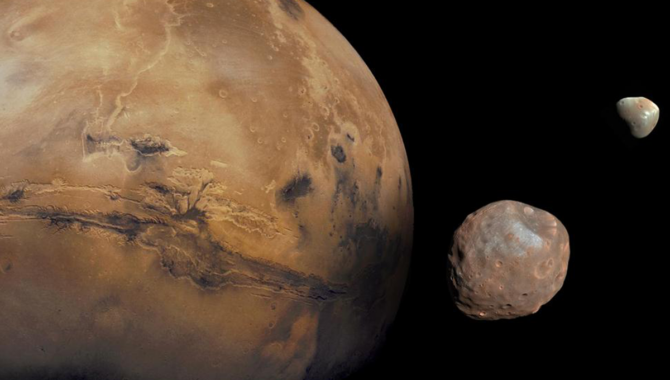
NASA contributes instruments to JAXA sample return effort.

NASA contributes instruments to JAXA sample return effort.

Participants from 8 space agencies share insights on joint projects.

Nancy Grace Roman, NASA’s first chief of astronomy, blazes a trail for the Hubble Space Telescope decades before launch.
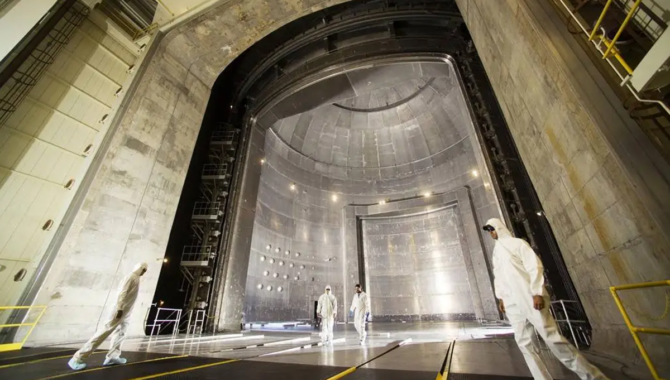
SELP program includes hands-on assignment at different NASA Center, leadership training, and coaching.
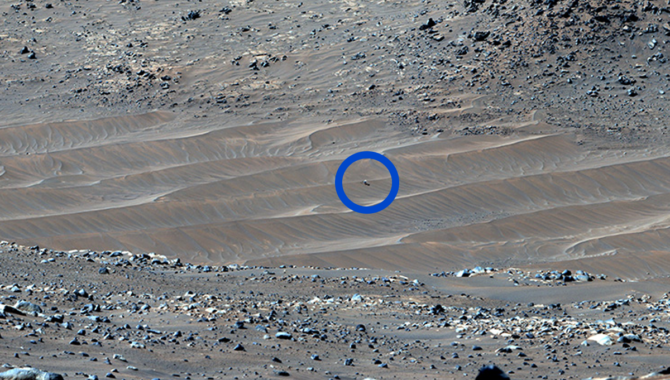
Small helicopter carried Wright Brothers’ fabric far beyond Earth as it pioneered flight on another planet in the solar system.
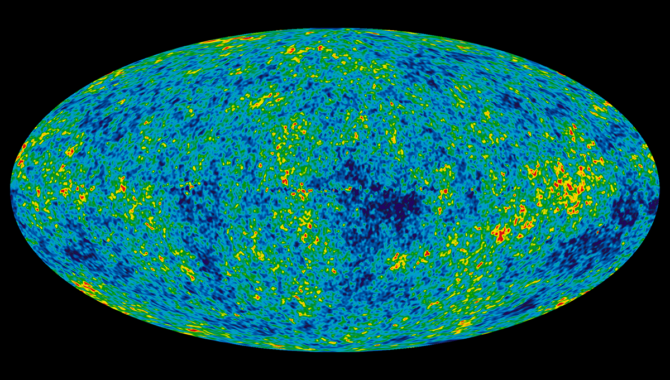
WMAP mission releases stunning map of the Cosmic Microwave Background, a “baby picture” of the Universe.
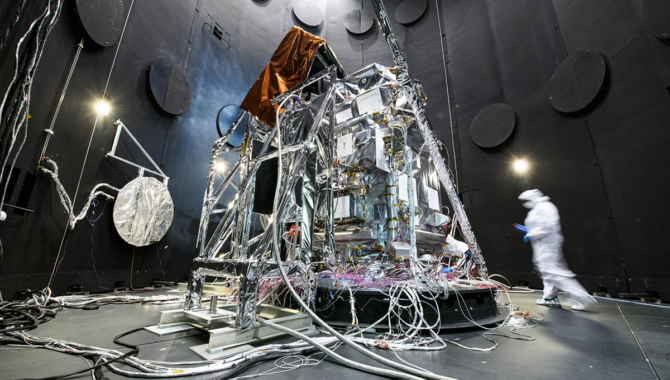
PACE is a major effort to combine oceanic and atmospheric research to better understand the complex systems.
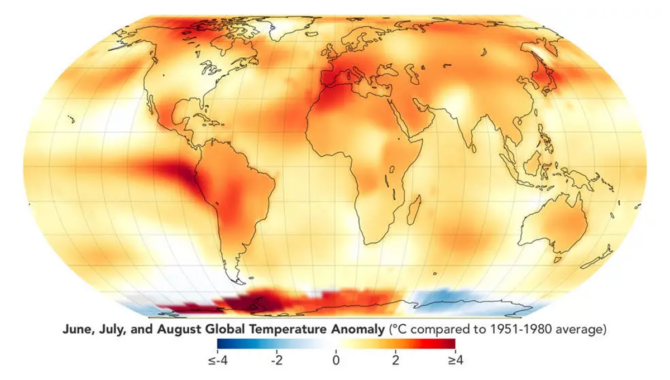
Year that began with a cooling trend quickly warmed to levels unprecedented since modern record-keeping began.
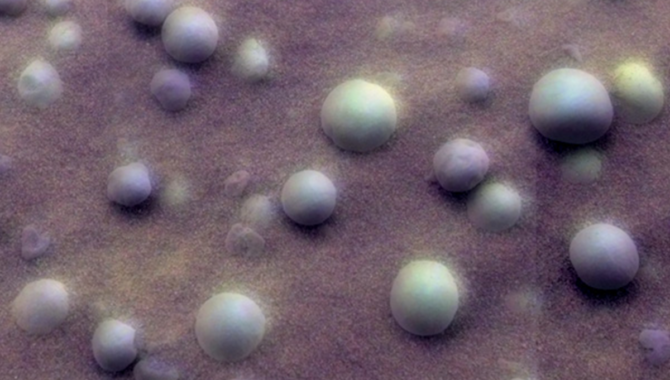
Rover quickly finds stunning evidence that Mars was once a warmer planet shaped by significant amounts of surface water.